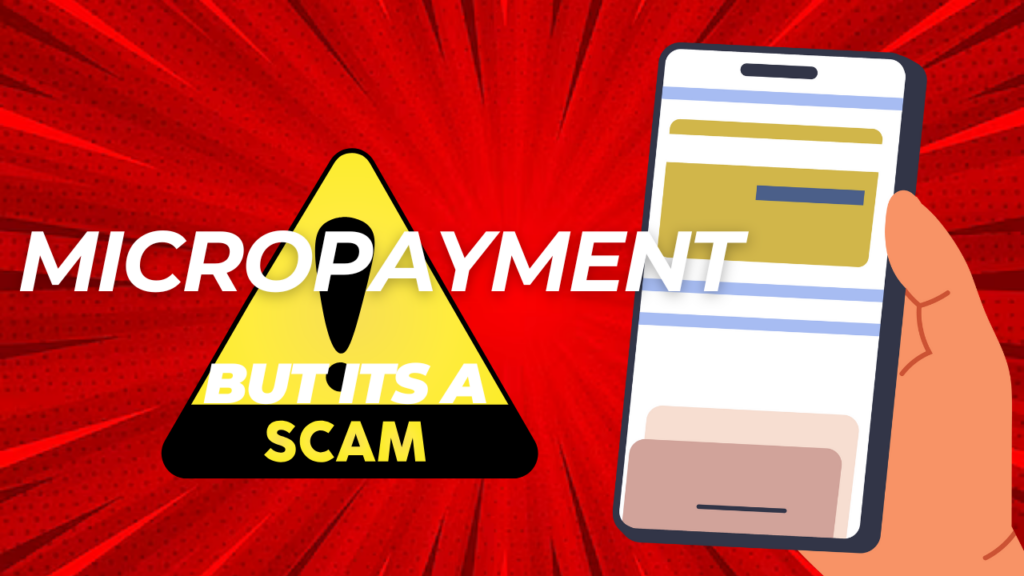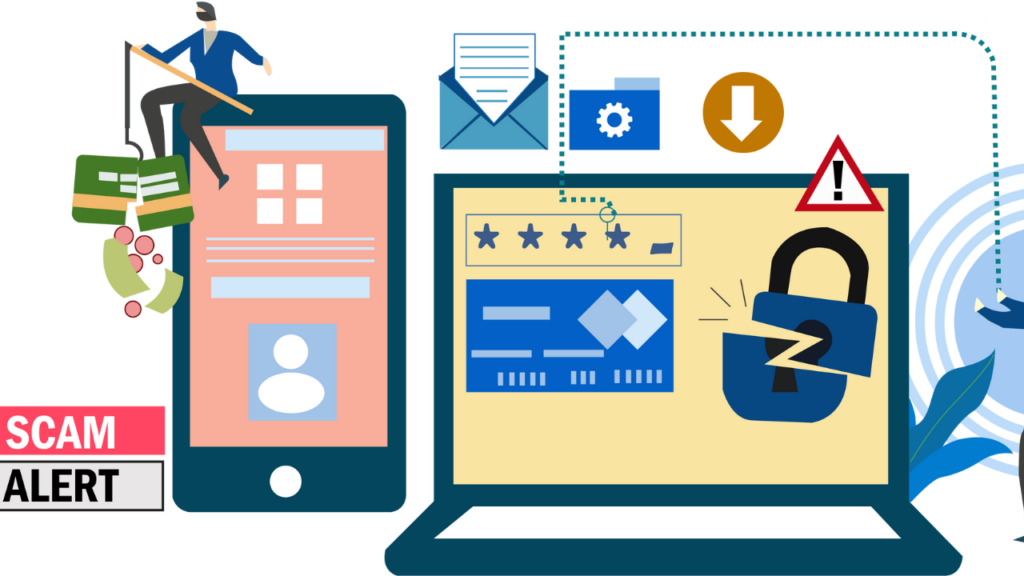
Introduction
Micropayment Cashing Scams are a growing concern for anyone who uses digital payment services or mobile micropayment platforms. As the world becomes increasingly cashless, more people are vulnerable ever before. If you’ve heard of these scams but aren’t sure how they work or what you can do to stay safe, you’re not alone. In this article, we’ll break down everything you need to know about scams, common warning signs, prevention strategies, and how to take action if you’ve been targeted.It affects anyone, so understanding them is the first step to protecting your money and your personal information.
What Are Micropayment Cashing Scams?
Refer to fraudulent activities where criminals exploit mobile micropayment services, online wallets, or other digital transaction tools to illegally “cash out” small payment balances. Victims of micropayment scams are often tricked into sharing their account details, PINs, or even installing malicious apps. Once scammers gain access, they quickly transfer out any available funds or make unauthorized purchases.
The rise of it is tied to the increasing use of quick, convenient mobile payment solutions. Scammers know that people are less likely to carefully monitor small, frequent transactions, making it easier to slip through unnoticed.
Common Tactics Used in Micropayment Cashing Scams
Many forms, but the following are the most common methods used by fraudsters:
1. Phishing Messages
Scammers may send emails, text messages, or social media DMs pretending to be from your bank or payment provider. These messages often ask you to verify your account or click a link leading to a fake website where your login details are stolen.
2. Fake Payment Apps
Some of it involves promoting fake payment or finance apps. Victims are tricked into downloading and installing these malicious apps, which then steal their account data or give scammers remote access to their devices.
3. Social Engineering
Scammers sometimes contact people directly, offering quick cash or help with “unlocking” their mobile payment limit. These are often target those unfamiliar with digital payment security.
4. Fraudulent Cash-Out Services
It may pose as legitimate companies or websites that offer to cash out your small payment balance for a fee. Once you provide your payment details, the scammers drain your account or steal your information.
Warning Signs of Micropayment Cashing Scams
To protect yourself from cashing scams, it’s crucial to recognize red flags:
- Unexpected requests for account information, PINs, or passwords
- Links to unfamiliar websites in emails or text messages
- Unsolicited offers promising to cash out your micropayments quickly
- Apps that ask for excessive permissions or seem suspicious
- Pressure to act fast or threats of losing access to your account
The sooner you spot these warning signs, the better your chances of avoiding illegal micropayments .
Steps to Protect Yourself from Micropayment Cashing Scams

1. Never Share Sensitive Information
Legitimate payment providers will never ask for your PIN or full password via email, text, or phone. Refuse to share this information with anyone claiming to be from your payment provider.
2. Use Official Apps and Websites Only
Always download apps from trusted sources like Google Play or the App Store. Avoid clicking on links in unsolicited messages related to micropayments.
3. Enable Account Alerts
Set up transaction notifications so you’re instantly alerted to any activity. If you notice unauthorized payments, you can respond quickly and limit losses caused by Micropayment Cashing Scams.
4. Regularly Monitor Your Transactions
Check your mobile payment app or online account statements regularly. If you see small, unrecognized charges, investigate them immediately; they may be a sign of Micropayment Cashing Scams.
5. Update Your Security Settings
Enable two-factor authentication (2FA) and keep your devices’ operating systems and security software up to date. These extra steps make it much harder for Micropayment Cashing Scams to succeed.
What to Do If You Are Targeted by Micropayment Cashing Scams
If you believe you’ve been targeted by Micropayment Cashing Scams, act fast:
- Change your passwords and PINs immediately.
- Contact your bank or payment provider to report the incident and secure your account.
- Check for unauthorized transactions and request reversals if possible.
- Uninstall any suspicious apps you may have downloaded.
- Report the scam to your local consumer protection agency or relevant authorities.
The quicker you react to Cashing Scams, the better your chances of minimizing the damage.
Spreading Awareness
Oten spread through social circles, family, or community networks. Share your knowledge about Cashing Scams with friends and loved ones. Encourage them to:
- Be cautious of offers that seem too good to be true
- Never share sensitive account information
- Use secure devices and strong passwords
- Stay up to date with the latest scam warnings in your region
Spreading awareness about it can protect not only yourself but those around you.
Micropayment Cashing Scams and korean naked loan
In some cases, Micropayment Cashing Scams are linked with broader illegal financial schemes, such as the so-called “korean naked loan.” Both scams exploit people in urgent financial need, promise easy cash, and operate outside legal channels. If you encounter an offer that mentions “korean naked loan,” treat it as a major red flag and avoid sharing any information.
Frequently Asked Questions About Micropayment Cashing Scams
Q: Are all cash-out services scams?
A: No, but many unregistered or unofficial cash-out services are. Always check reviews and make sure the company is legally recognized.
Q: Can banks recover money lost to Micropayment Cashing Scams?
A: Sometimes, if you report the fraud quickly. Recovery is not guaranteed, so act fast.
Q: How do I know if my app is secure?
A: Download apps only from official stores, check reviews, and update regularly.
Conclusion
Micropayment Cashing Scams pose a serious risk in today’s digital payment environment. By staying informed, recognizing the signs, and following best security practices, you can protect yourself and your money. Remember, when in doubt, ask your bank or payment provider for help never trust unsolicited offers or suspicious services. Stay alert and share this knowledge to help others avoid Micropayment Cashing Scams too.
